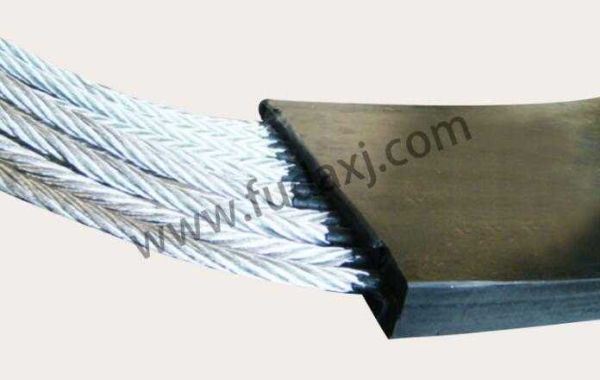In industries where heat is a constant companion, such as steel manufacturing, glass production, and baking, the use of high temperature conveyor belts is essential. These belts are designed to handle the intense heat without compromising their structural integrity, ensuring the smooth and efficient transportation of materials through high-temperature zones.
The key to the effectiveness of high temperature conveyor belts lies in their material composition. They are typically made from heat-resistant compounds, such as silicone or other synthetic rubbers, which can withstand continuous exposure to high temperatures without degrading. These belts also feature a strong carcass construction that maintains their strength and flexibility even under the most demanding conditions.
To further enhance their performance, high temperature conveyor belts often incorporate features such as a smooth surface to reduce friction and heat build-up, and a thickness that provides insulation to the conveyor system. This not only protects the belt from the heat but also the machinery and workers in the vicinity.
Maintenance of these belts is crucial for their longevity. Regular inspections for signs of wear, such as cracks or glazing, can help prevent unexpected failures. Additionally, ensuring that the belts are properly aligned and tensioned can extend their service life and reduce the risk of damage due to misalignment.
In summary, high temperature conveyor belts are a critical component in industries where heat is a significant factor. Their ability to withstand high temperatures, combined with their durability and reliability, makes them an essential investment for maintaining productivity and safety in harsh environments.







